The template will be copied to my project. Click on the title within the red frame to navigate to the settings screen.

Step 3 Schedule Trigger "When the specified schedule is reached"
Click on the first process of the template. It is pre-configured, but let's check the contents.
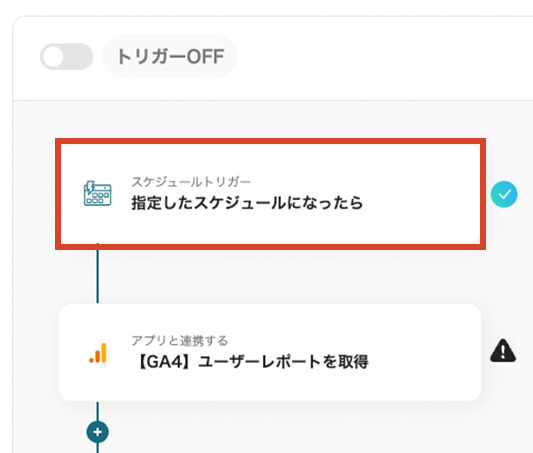
(1/1) Specify Execution Time
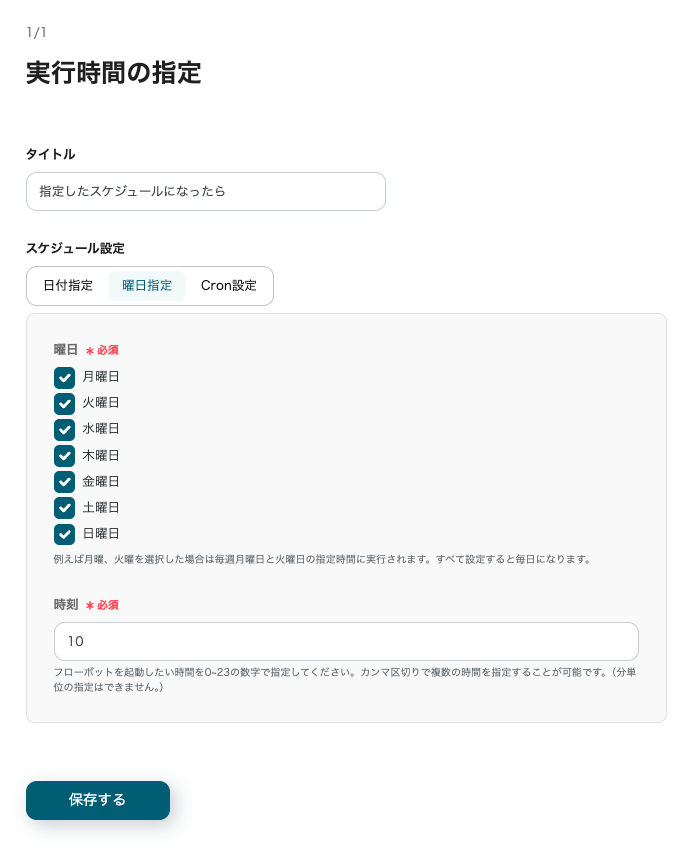
The following items are pre-configured.
- Title of the schedule trigger
- Schedule settings
This time, it is set to start every day at 10 AM. You can change it to any timing you prefer. By using Cron settings, you can set more detailed times.
>Learn more: How to set Cron settings
→ Click Save
Step 4 Integrate with Apps 【GA4】 Obtain User Report
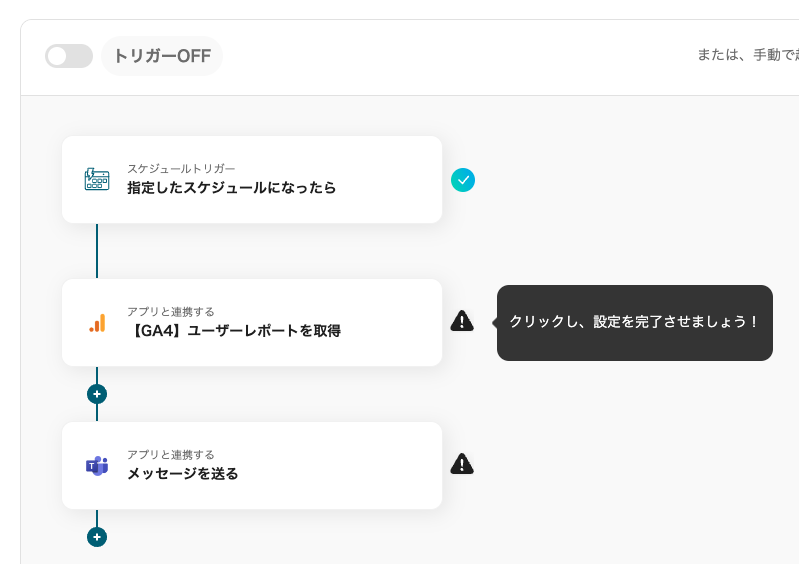
Click on the second process of the template! Here, you will configure the settings to extract information from Google Analytics.
(1/2) Select Integration Account and Action
The items displayed here are pre-configured.
- Title of the app trigger
- App
- Account information to integrate with Google Analytics
- Trigger action
→ Click Next
(2/2) Select Integration Account and Action
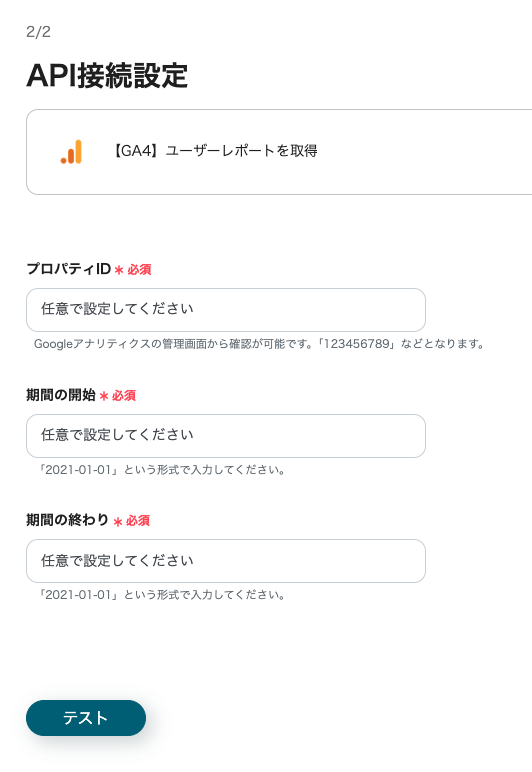
- Property ID
- Log in to Google Analytics and select the account with the property.
- Click the "Admin" button (gear icon) at the bottom left.
- Select the relevant property from the property column.
- Click "Property Settings" to display the "Property ID".
- Start of the period
- Set the start of the measurement period. The format is "YYYY-MM-DD".
- Click the edit field to open a dropdown. Embed the date reference code from the date tab. This time, we set it to extract data from yesterday to today to check daily reports.
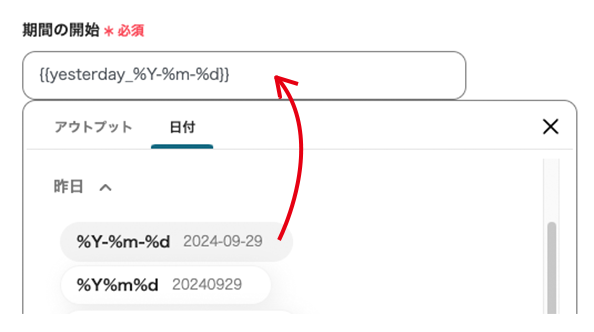
- End of the period
- For daily settings, the last day is today. Specify the date from the dropdown as with the start of the period, and embed today's reference code.
→ Click Test → Success, data from yesterday has been extracted in the output.
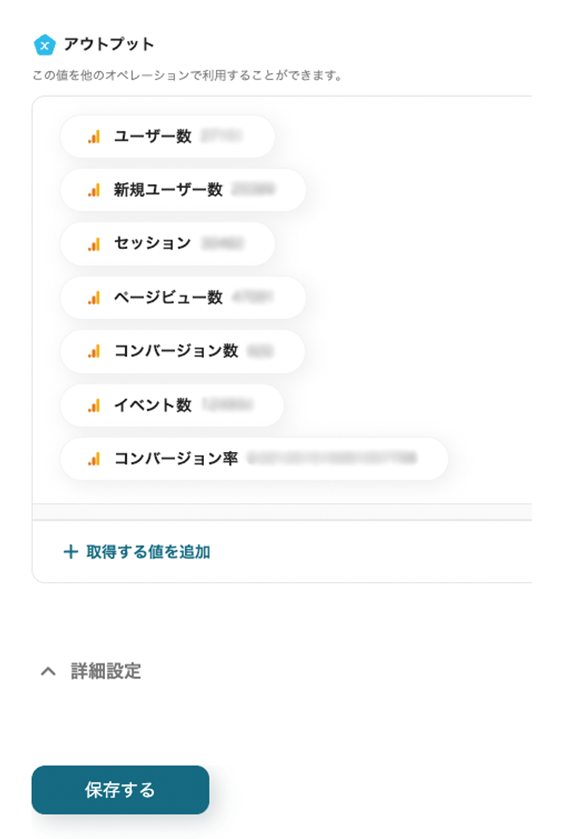
→ Click Save
Step 5 Integrate with Apps "Send Message"
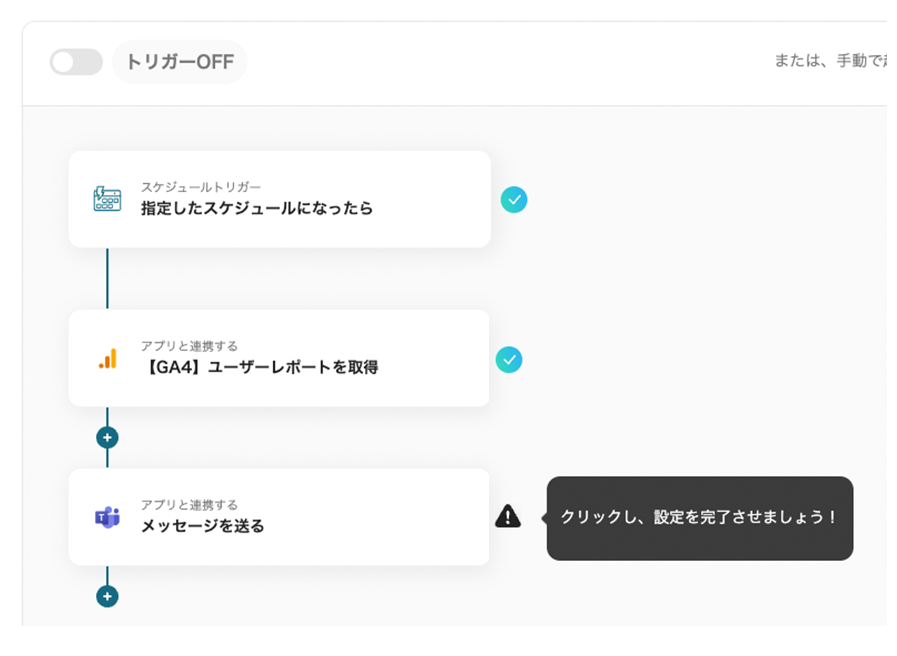
Click on the third template! In this process, you will set the content to be automatically sent to Microsoft Teams.
(1/2) Select Integration Account and Action
These items are pre-configured.
- Title of the app trigger
- App
- Account information to integrate with Microsoft Teams
- Trigger action
→ Click Next.
(2/2) API Connection Settings
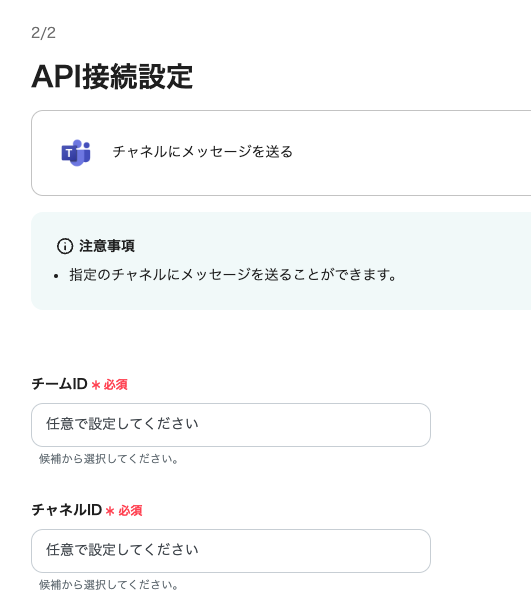
- Team ID
- Click the edit field to open a dropdown, and the space name of the integrated Microsoft Teams will be displayed. Select the space to send the message to, and the ID will be referenced.

- Channel ID
- Click the edit field to open a dropdown. Select from the channel candidates, and the ID will be automatically referenced.
- Message Content
- Click the edit field to open a dropdown, and the output extracted in the previous process will be displayed.
- Select the content to send to Microsoft Teams, and the embedding code will be automatically referenced.

There are mention settings and attachment settings areas, but please configure these as needed.
▼ Mention Settings Area
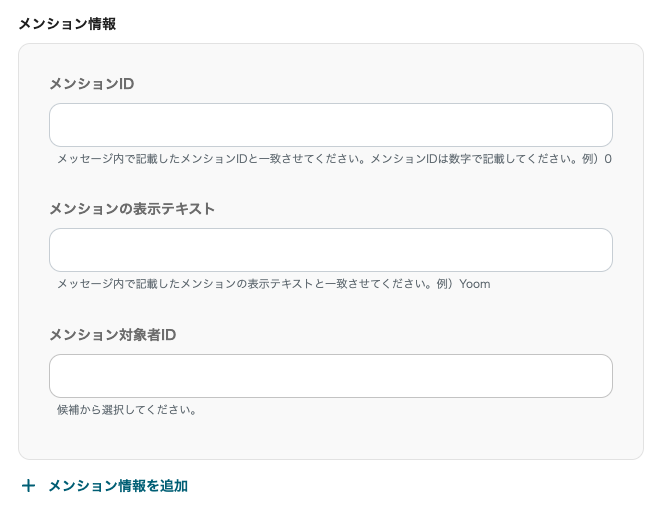
▼ Attachment Settings Area
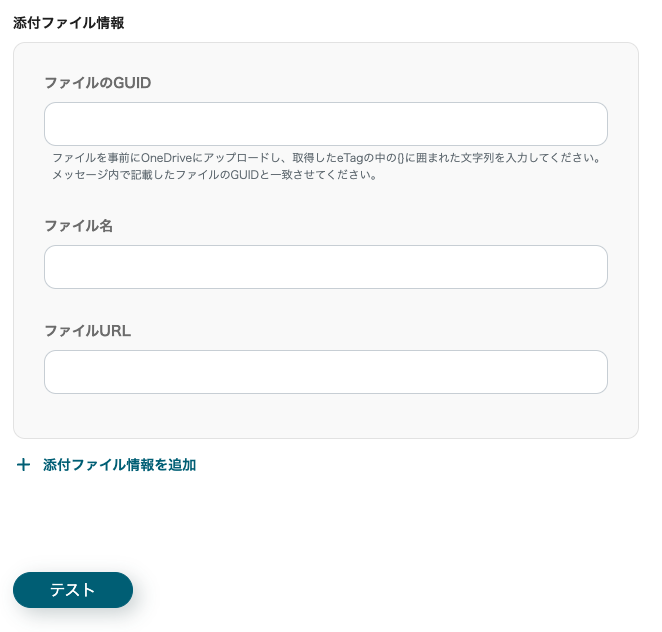
> Help: How to send a message with a file in Microsoft Teams
→ Click Test. → Success
→ Click Save This is the end of the settings for this flow.
Step 6 Turn the App Trigger 【ON】
Once all processes are configured, a completion screen will pop up.
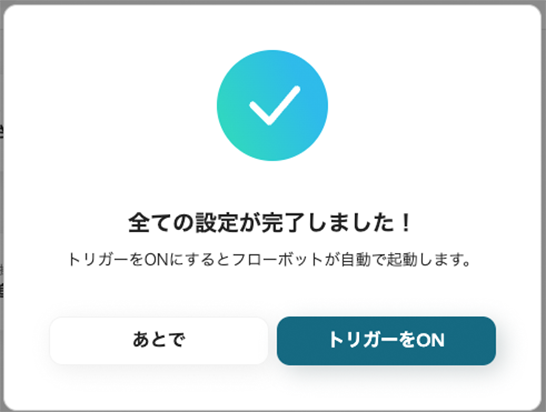
Turn the trigger 【ON】 and start the flow bot.
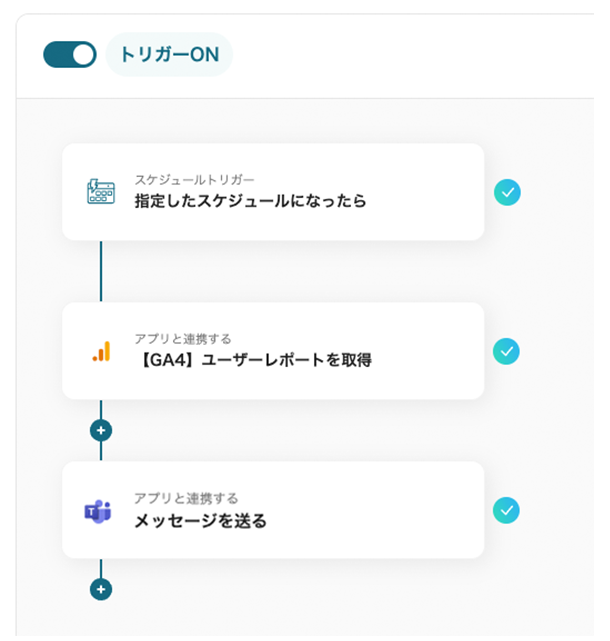
<span class="mark-yellow">Automation was achieved in a short time without using programming.</span>
Here is the template for this time.


















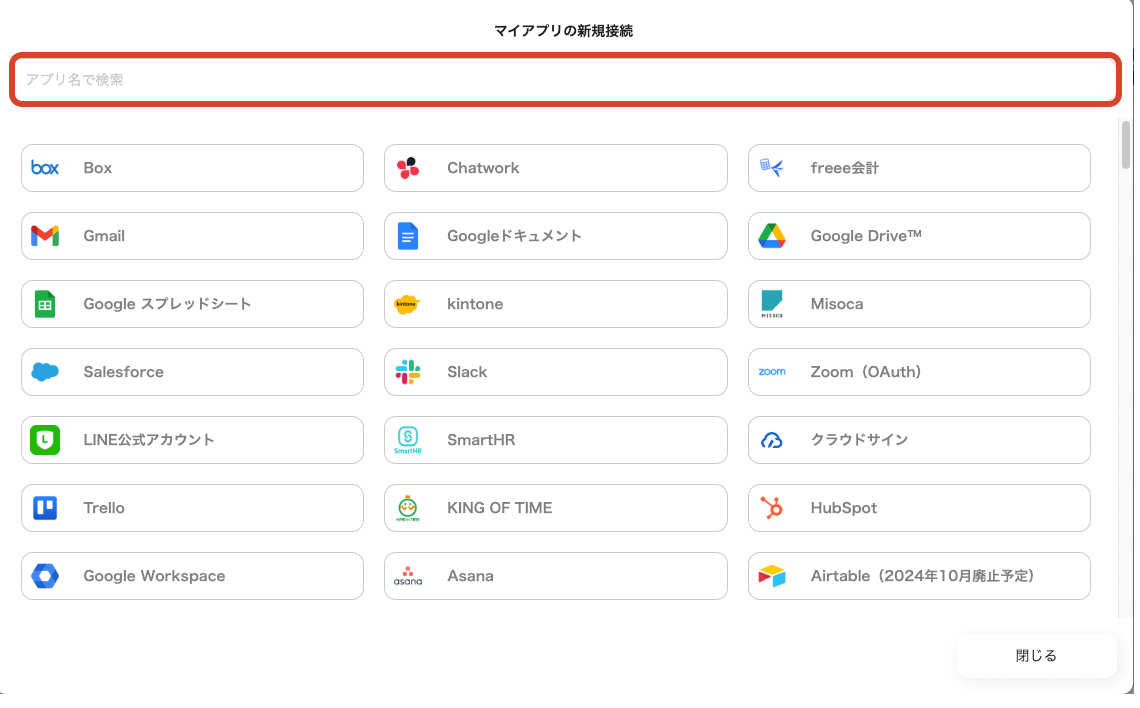







.avif)
.avif)
.avif)
.avif)





